
by Roberta Rosenberg, Destination Accessible US Inc.
No one can deny we are squarely in the middle of winter. February 4th is the exact middle, between December 21st and March 21st. Until a few days ago, it has been a relatively benign season. That being said, there is still a good bit of this season left. Many of us have been staying in, staying safe, until spring arrives and until many of us can get the Covid-19 vaccine.
What can those of us do who want to be outside, get some fresh air, visit someplace new, enjoy the outdoors? We are here to tell you that there are places for you on Long Island, places that are beautiful in winter. Places you may have visited before, and places that you may have never been to. Surely, they are different from what we find at them in spring, summer and fall, but nevertheless beautiful in their own way. We have not found any place we have gone to be busy, so distancing is easy. Another plus for staying safe!
www.destinationaccessible.org has detailed information for more than 30 Long Island parks on its website, Each of these offers a unique experience. Some of them are more accessible than others, but each is worth a trip.
Want a walk along a boardwalk, try Sunken Meadow, or Robert Moses.
Want a river walk, go to Bayard Cutting Arboretum. Want a walk on the South Shore, visit Wantagh Park. Want a walk at Oyster Bay Harbor, try Theodore Roosevelt Park. Want a walk close to a town, Harbor Front Park in Port Jefferson is great! Looking for a walk around a lake, visit Eisenhower Park. Want a park with handicapped- accessible playgrounds, try Eisenhower or Sands Point Preserve. Looking for a walk where you might be able to see the New York Skyline, go toNorman Levy Park on a clear day. Want a park with a labyrinth, then it’s Avalon Park in Stony Brook. You can even visit the Anne Frank Memorial Garden. There is much more, but we will stop here and invite you to visit www.destinationaccessible.org to “know before you go” for more detailed information about what you will find at each of these and more!
The only thing you need to be aware of is finding open restrooms at these destinations. We have tried to give the best information we have on this topic, but it is sketchy at best. We suggest going with the idea that you most likely will not find restrooms or food.
Be prepared for your adventure by dressing appropriately. For me, layers are the way to go. Several thin layers work better for me than one or two thick ones. I am in love with instant hand warmers. I find that putting them inside my mittens makes a huge difference, and they stay warm for hours. Warm boots are great, waterproof even better. Although, if I am going to be really “walking,” i just use wool socks inside my sneakers.
We hope you will take advantage of some of the nice days that winter does have and find the beauty in someplace new.
As always, we at Destination Accessible, advise you to visit a venue’s website, when planning a visit to “know before you go.”
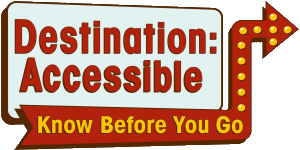
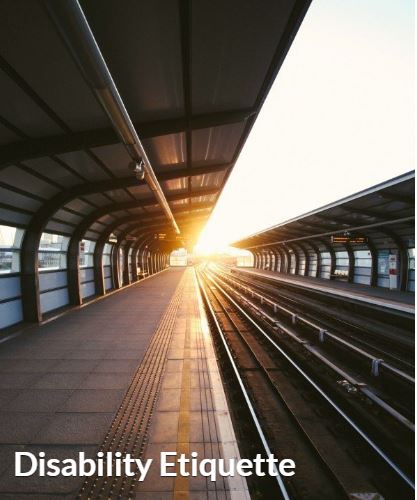


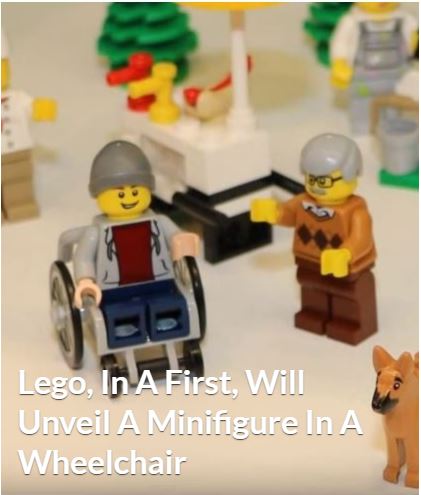
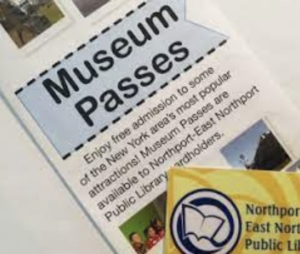
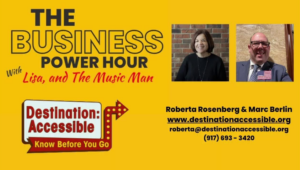

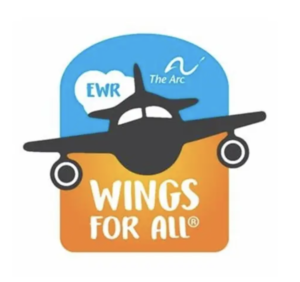
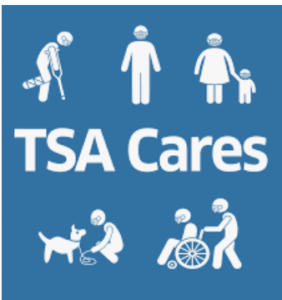
Contact us